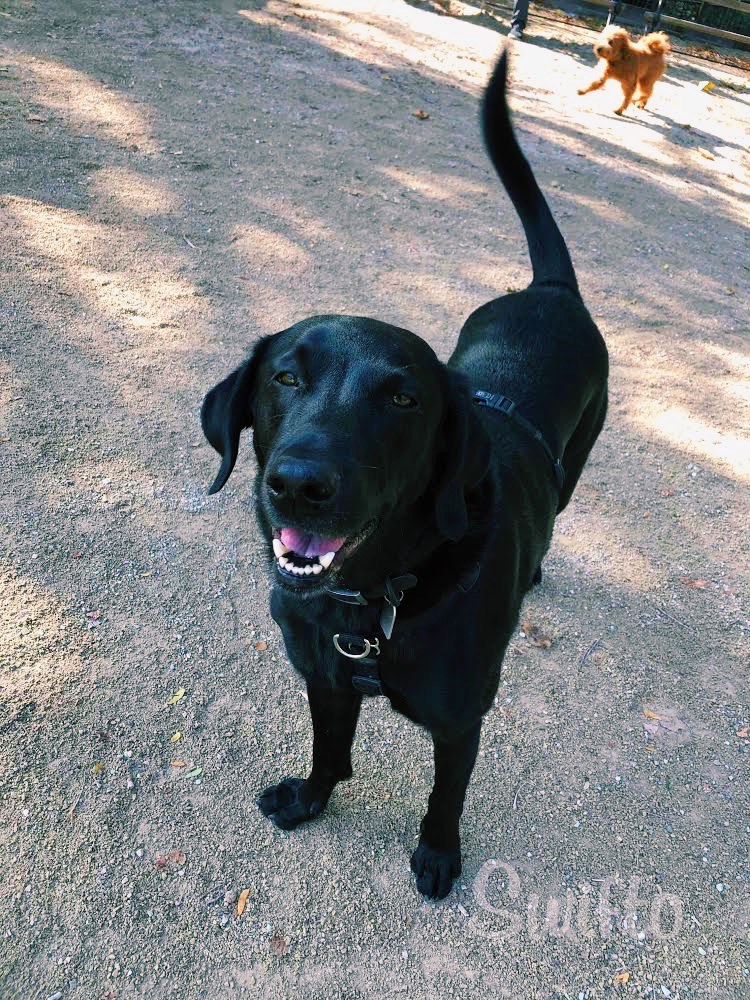Urinary frequency in dogs differ according to breed, age, size, sex, etc. It’s typically said that smaller dogs and breeds tend to urinate more frequently than larger, older dogs. It’s important to give your dog enough opportunities to relieve himself and know when to do so.
There’s potential health risks associated with forcing your dog to hold its pee for too long. Although he physically might be able to do so, extended periods of holding it in can lead to urinary tract infections or urinary crystals and stones. The inability to urine can also lead to behavioral issues. Frustrated dogs can bark, chew, and become extremely anxious, which can lead to a frustrated owner. To avoid frustration and all it entails, understand the importance of your dog’s needs and why it matters.
Adult and large dogs have larger bladders than younger, smaller dogs. These pups should have at least 4 opportunities to relieve themselves per day. Most veterinarians recommend allowing your dog to go outside every 3-5 hours. Some dogs don’t always fully relive themselves the first time they go outside, meaning they’re still holding a substantial amount in throughout the day. Make sure you delegate a sufficient amount of time for your dog to “let it all go” before they come back inside. Smaller and younger dogs should have at least 5-6 opportunities to relieve themselves per day, as their bladders are smaller than larger dogs.
Dogs with health issues have different requirements when it come to holding it in. Pups with illnesses, such as diabetes or kidney disease, typically need more trips outside per day. Demanding them to hold it in for more than 2-3 hours may be an impossible task. Visiting your veterinarian will allow you to better understand your dog’s needs and requirements.
Last, but not least, puppies. Pups are the most critical. The general rule for all puppies is, “One plus the number of months the puppy is”. Your result is the amount of hours they can hold it in for, but this doesn't directly apply to all puppies, every time. If your puppy is 3 months old, you may need to take him out every 2 hour or so. Training your puppy on newspaper or wee wee pads is very beneficial. Its important to not rush or force your growing dog. Puppies aren’t physically capable of performing tasks that older dogs can. Use positive reinforcement when potty training in order to ensure maximum comfort and results.


